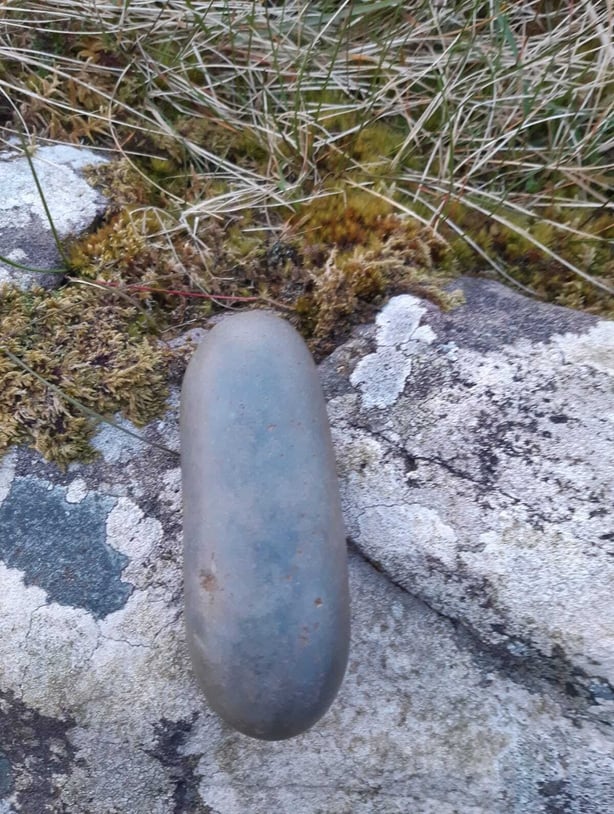ramonmercado
CyberPunk
- Joined
- Aug 19, 2003
- Messages
- 60,955
- Location
- Eblana
Mixed era findings here but the standout is the Neolithic house
Archaeologists in Cork have uncovered the foundations of a 5,700-year-old Neolithic house in addition to evidence of Iron Age smelting and Bronze Age burial sites.
The archaeologists excavated a total of eight sites as part of two road realignment projects on the N73 road which links Mallow and Mitchelstown in Co. Cork.
The excavations were carried out near the villages of Shanballymore and Kildorrery and archaeologists discovered foundations of a house dating back to 3700BC at one of the sites. They believe that the house belonged to some of the first farmers to inhabit the area.
The excavations at the Neolithic house also uncovered grain, pottery, and stone tools dating back to the same period and the archaeologists believe that the people who inhabited the house would have been pioneers for Irish farming.
https://www.irishcentral.com/news/archaeologists-neolithic-house-in-cork
Archaeologists in Cork have uncovered the foundations of a 5,700-year-old Neolithic house in addition to evidence of Iron Age smelting and Bronze Age burial sites.
The archaeologists excavated a total of eight sites as part of two road realignment projects on the N73 road which links Mallow and Mitchelstown in Co. Cork.
The excavations were carried out near the villages of Shanballymore and Kildorrery and archaeologists discovered foundations of a house dating back to 3700BC at one of the sites. They believe that the house belonged to some of the first farmers to inhabit the area.
The excavations at the Neolithic house also uncovered grain, pottery, and stone tools dating back to the same period and the archaeologists believe that the people who inhabited the house would have been pioneers for Irish farming.
https://www.irishcentral.com/news/archaeologists-neolithic-house-in-cork



